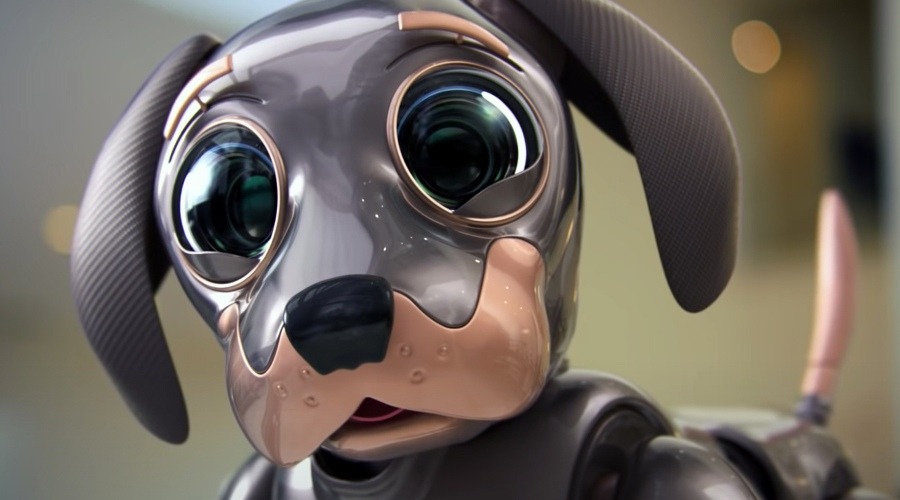2024-04-01
Underwater Robots: From Torpedoes to Surveillance Fish

The evolution of underwater robots has come a long way, from the days of torpedoes to the emergence of surveillance fish. In 1961, Tom Rogers introduced Charlie the Tuna, a charismatic cartoon mascot representing the StarKist brand. Little did anyone know that decades later, the CIA's Office of Advanced Technologies and Programs would adopt a fish-focused approach to its research, albeit with a different Charlie—this time, a robotic catfish.
Charlie the robotic catfish was designed as an unmanned underwater vehicle (UUV) tasked with covertly collecting water samples. Controlled remotely via a line-of-sight radio handset, this fish-shaped robot housed essential components such as a pressure hull, ballast system, communications gear, and propulsion system within its compact 61-centimeter frame. While Charlie's missions remain classified, its existence underscores the innovative applications of underwater robotics in surveillance and reconnaissance.
The CIA's venture into underwater robotics reflects a broader trend in maritime technology, with organizations worldwide investing in UUVs for various purposes. Beginning in the 1950s, the U.S. Navy spearheaded research into underwater vehicles for deep-sea rescue, salvage operations, and scientific exploration. Today, UUVs play a vital role in oceanographic research, environmental monitoring, and military reconnaissance.
According to Aaron Marburg, a leading expert in UUV technology at the University of Washington's Applied Physics Laboratory, the vast expanse of the world's oceans necessitates the use of robotic platforms for exploration. "The nature of the oceans is such that crewed vessels have limited access," Marburg explains. "Robots offer a solution to this challenge, enabling us to navigate and explore these remote and uncharted environments."
From miniature surveillance fish to sophisticated autonomous underwater vehicles, the development of underwater robots continues to advance. These robots not only enhance our understanding of the marine environment but also contribute to vital missions such as search and rescue operations, maritime security, and scientific research. As technology evolves, the future of underwater robotics promises even greater innovation and discovery in the depths of our oceans.
Share with friends:
Write and read comments can only authorized users
Last news
